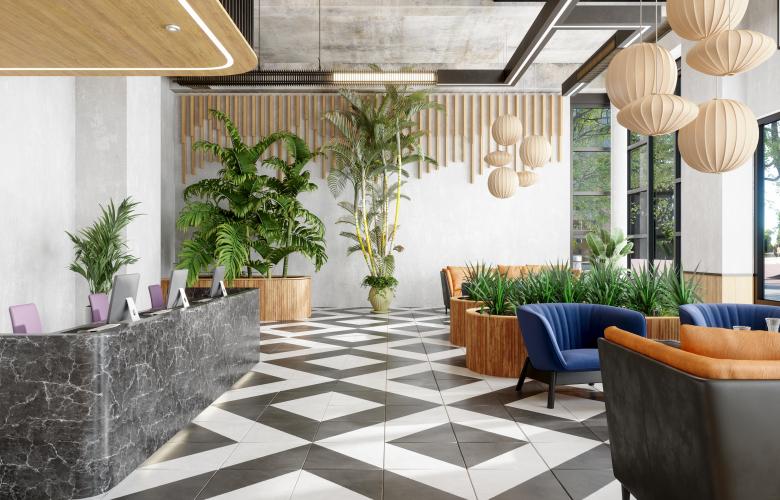Hotels come in all shapes and sizes; there is an option to suit every budget. But only an elite group of hotels meet the criteria to be classed as luxury establishments.
Luxury hotel operators face the added challenge of maintaining the high standards of their property and operations, which usually means incurring higher additional costs. But there is one deduction that can make running a luxury hotel more affordable: depreciation.
First, what is a luxury hotel?
Luxury hotels or resorts in Australia are classed as those that provide a luxurious guest experience.
At a minimum, they hold a 5-star accredited rating across all areas of operations, from the range and quality of facilities to the personalised service. An Australian ‘star rating’ is determined by more than 200 criteria points that have been ranked by Australian travellers according to what’s most important to them.
Luxury hotels often hold quality assets that hold a high value. This often results in them generating higher depreciation deductions that can make a huge difference to the hotel operator’s fiscal bottom line.
What is depreciation?
Depreciation is a non-cash tax deduction for the natural wear and tear of property and assets. Hotel operators can claim depreciation on the assets they own on the property (furniture, kitchen appliances, floor coverings) using plant and equipment depreciation deductions.
If the hotel operator also owns the property, they can take advantage of all capital works deductions. These can be claimed on the property’s structure and fixed fixtures. For example, walls, doors, stair-cases, cabinetry and toilets.
To claim the most depreciation possible, a hotel operator must have a tax depreciation schedule prepared. This will allow them to unlock the maximum depreciation deductions possible while ensuring all claims meet full Australian Taxation Office compliance.
Why do upper-class assets produce high depreciation deductions?
Every asset category has its own effective life which determines the rate at which it depreciates. But the value of an asset is the base depreciation deductions begin from. The higher the quality of an asset and materials, the higher the value.
In the end, an owner of an asset can claim depreciation until its value reaches zero. But higher deductions earlier can assist in cash flow optimisation when start-up expenditure is at its peak.
For example, a hotel bedframe holds a diminishing value depreciation rate of 28.57 per cent. This means a bedframe valued at $300 would result in a first full year deduction of $85, while a bedframe valued at $1,500 would result in a first full year deduction of $430.
Depreciation for luxury hotel case study
The following case study demonstrates the type of deductions a high-rise luxury hotel can produce for its owner operator.
Depreciation alone can takes almost $4 million off the owner-operator’s taxable income in the first full year claim, making a significant difference to the amount of tax they will need to pay. Over the first five years, depreciation deductions reach a staggering amount of over $22 million.
Luxury hotel operators can start boosting their cash flow now with a BMT Tax Depreciation Schedule. With over twenty years of experience, BMT has prepared schedule for hotels of all shapes and sizes. To learn more, contact BMT on 1300 728 726 or Request a Quote.
The views expressed in this article are an opinion only and readers should rely on their independent advice in relation to such matters.
More from BMT:
Hoteliers can claim more this tax time - BMT
The humble bed and breakfast produces thousands in a single deduction - BMT
Frequently asked hotel depreciation questions answered - BMT








